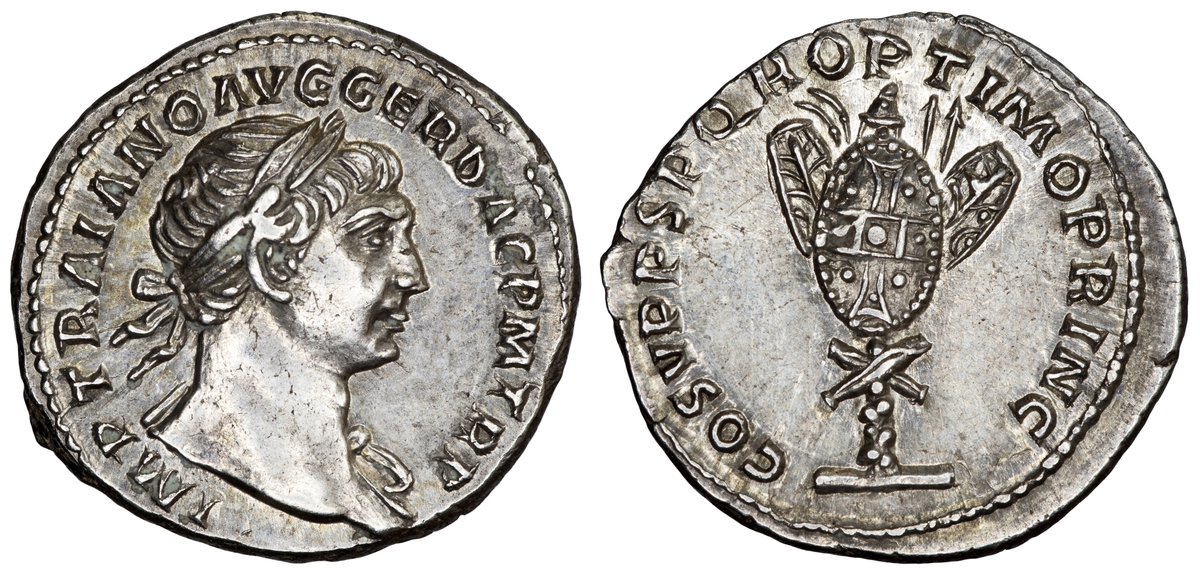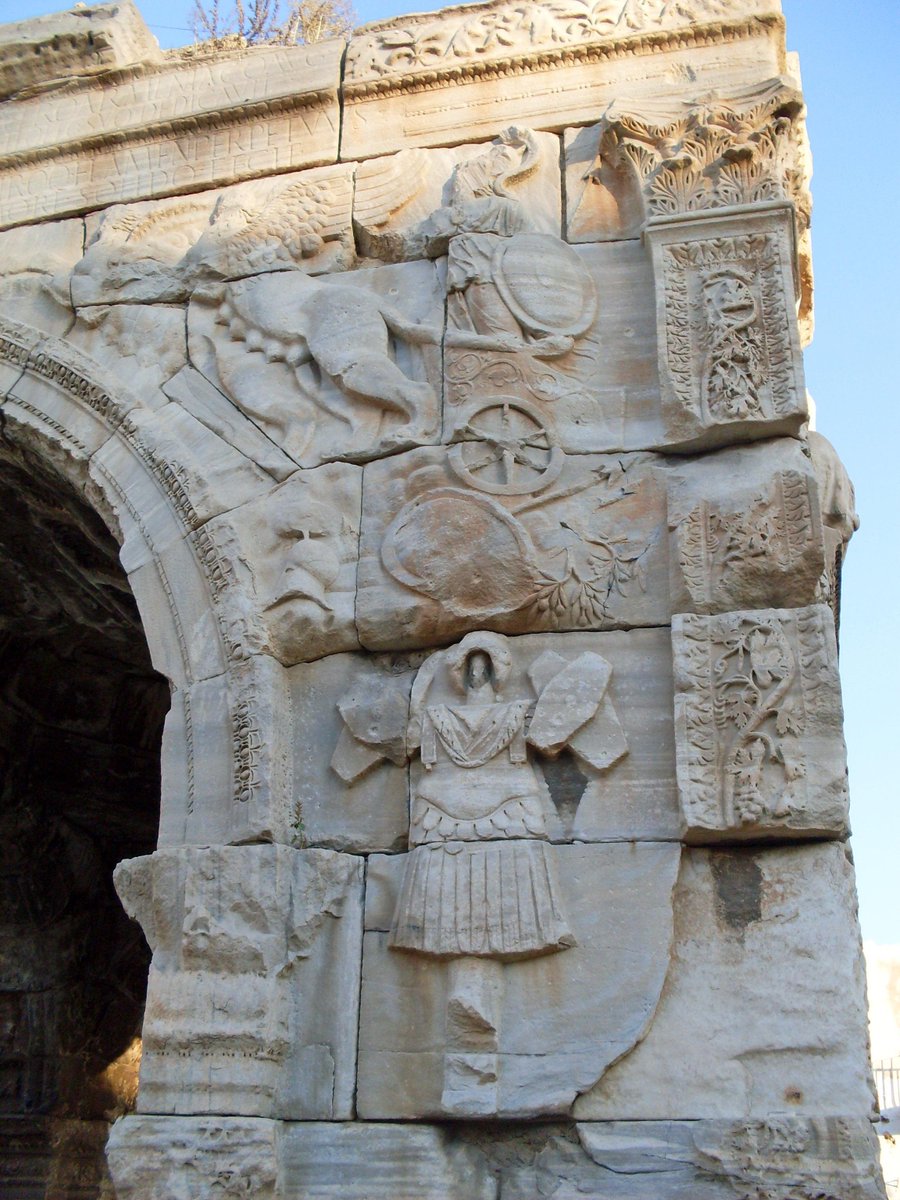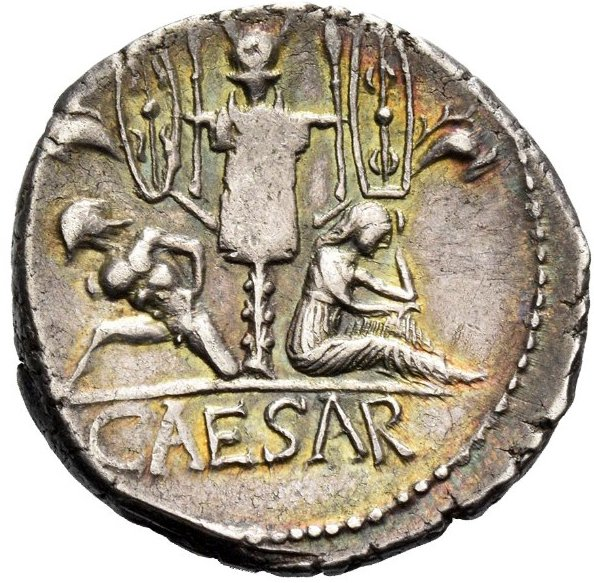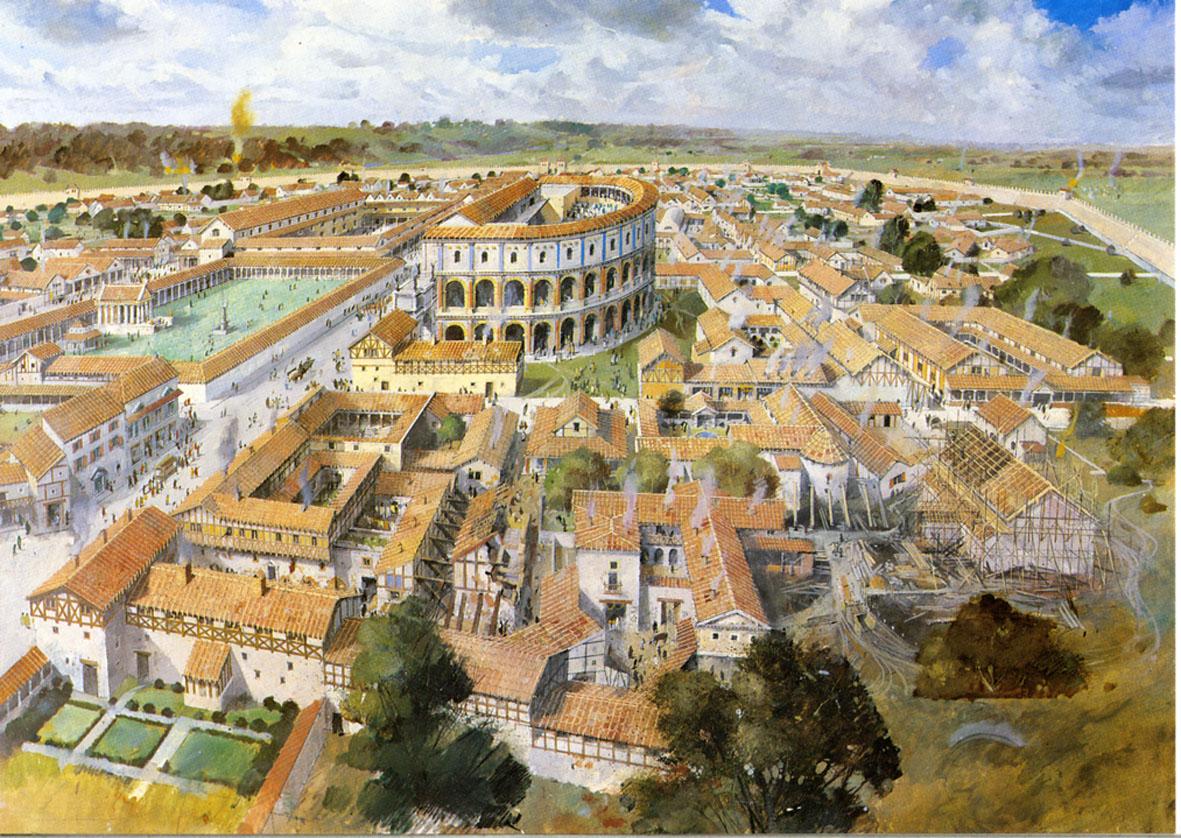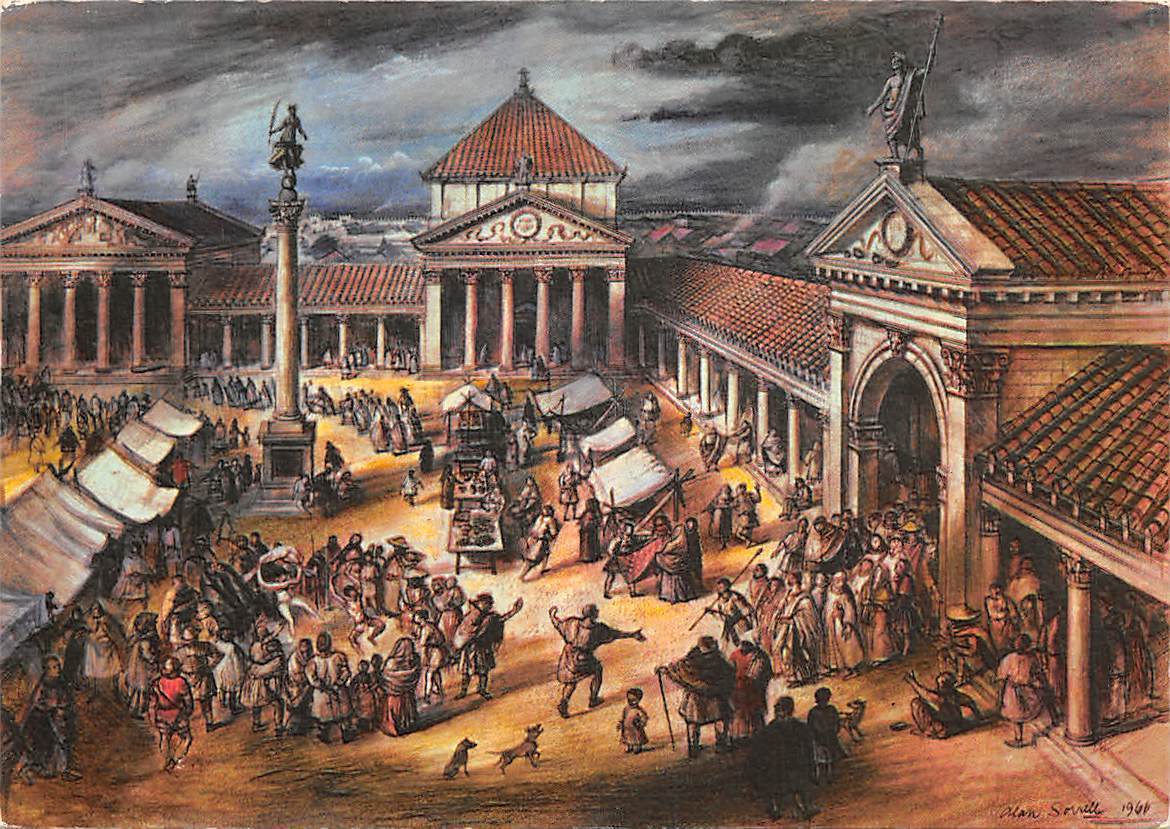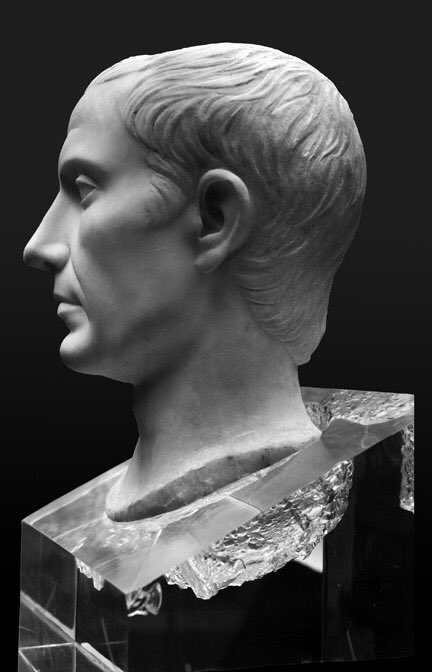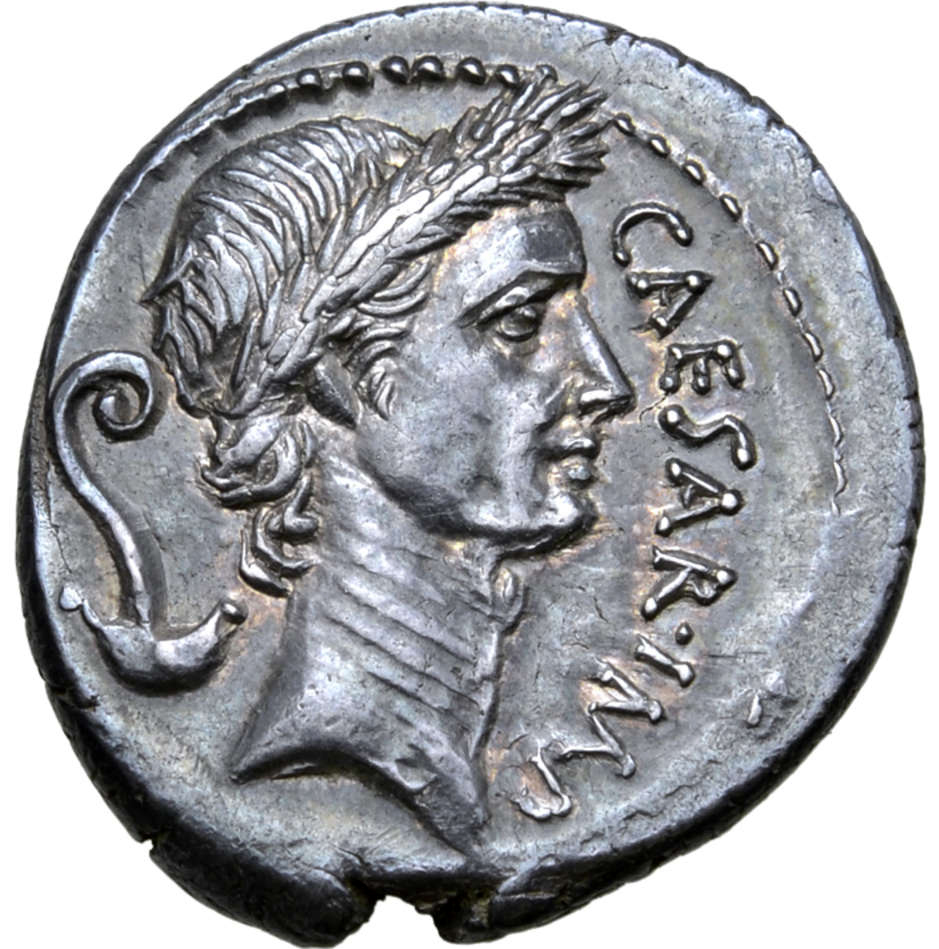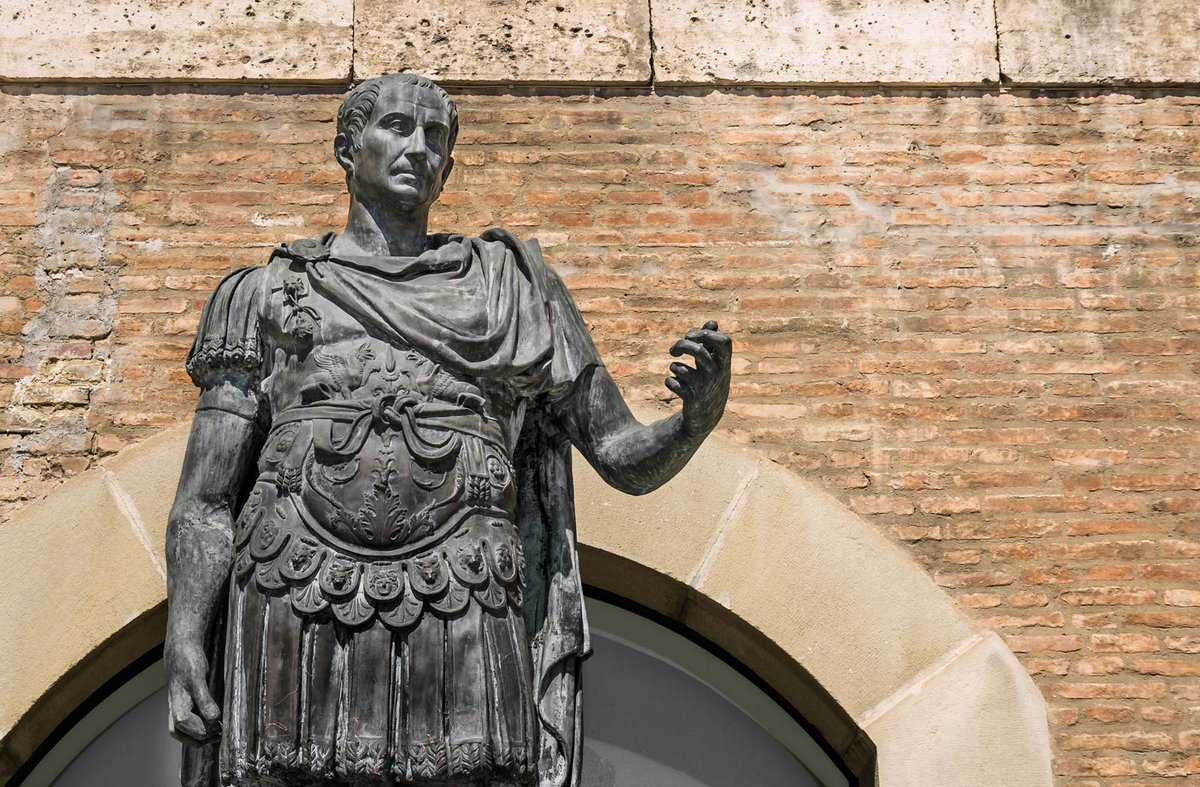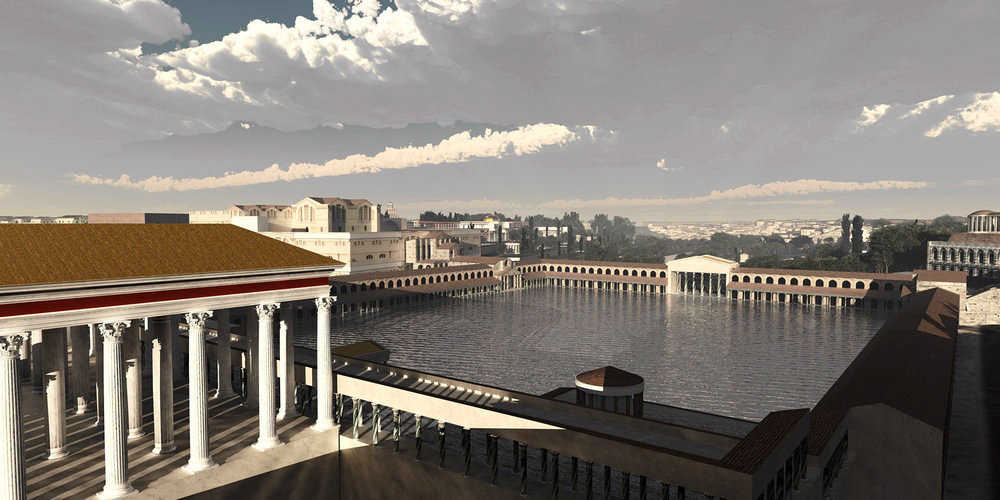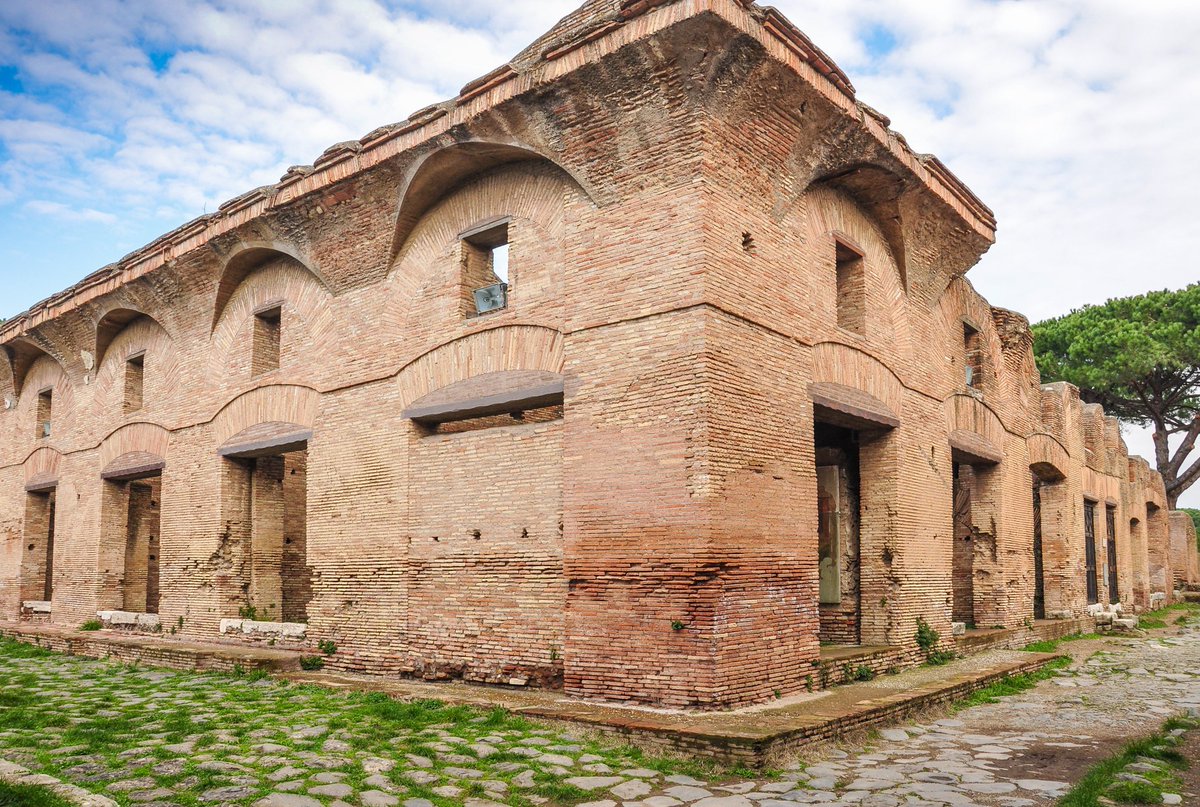
1/3) The grimy mixture of olive oil, sweat and dirt scraped from the bodies of top athletes and gladiators, a mixture known as "strigimentum", was sometimes collected by officials in charge of the gymnasia and sold to the public at huge prices.. 



2/3) ...The gunky concoction scraped from the bodies of athletes was believed to be a medical panacea; curing inflammation, soothing aching joints, speeding recovery from injury, stimulating menstrual flow and relieving all types of aches and pains... 

3/3) ...But you had to make sure you purchased the correct gladiator gloop: scrapings taken from a bather were best for dispersing fluids and soothing your inflamed anus. Sweaty scrapings from a wrestler were best for joint pain applied as a warm compress. Obvious really! 

Pictured is the Ephesus "Apoxyomenos" - a Roman bronze statue of an athlete using a strigil to scrape oil and dirt off his skin after exercise. The "scraper" - a popular archetype in antiquity - was discovered in fragments in the harbour gymnasium at Ephesus in 1896.
There are numerous ancient sources describing the medical benefits of "strigimentum" or as it was delightfully named in Greek, "gloios" - see Pliny, Natural History 15.5 and Dioscorides, De Materia Medica, 1.34. #roman #history 

• • •
Missing some Tweet in this thread? You can try to
force a refresh

